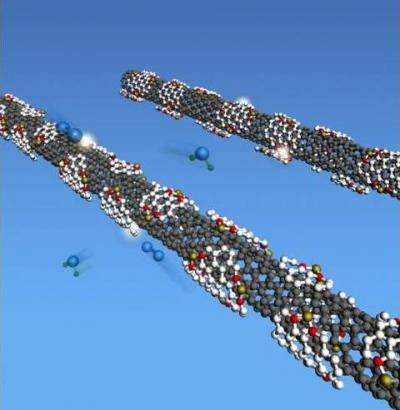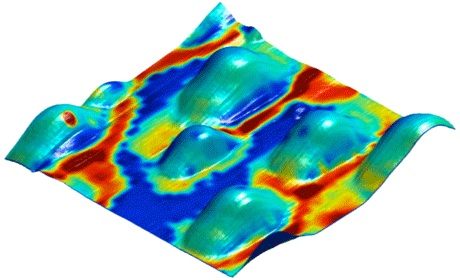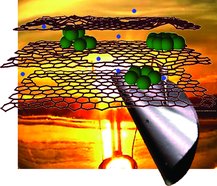Unzipped carbon nanotubes could help energize fuel cells and batteries
Multi-walled carbon nanotubes riddled with defects and impurities on the outside could replace some of the expensive platinum catalysts used in fuel cells and...
Russian Boreal Forests Could Increase Global Warming
Russia's boreal forest – the largest continuous expanse of forest in the world, found in the country's cold northern regions – is undergoing an...
The Future Renewable Energy Advantages According to Risoe
As we already know the current energy systems are not enough to give this planet the zero emission carbon after all those polluting protections.
The...
How a battery material works
MIT team uncovers a reason why the hottest new material for rechargeable batteries works so well.
Since its discovery 15 years ago, lithium iron phosphate...
How Fuel Cells working on the nanoscale
For the first time, physical chemistry reactions in a fuel cell can now be observed and described in detail on the nanoscale.
This innovation is...
Tropical cyclones are intensified by air pollution
A recent increase in the intensity of tropical cyclones in the Arabian Sea may be a side effect of increasing air pollution over the...
Quantum computers – closer to reality
Quantum computers should be much easier to build than previously thought, because they can still work with a large number of faulty or even...
2011 Ford Explorer Goes Green
Ford Explorer goes green
The 2011 Ford Explorer is 85 percent recyclable. The reinvented SUV leverages Ford's industry-leading use of bio foam and recycled fabric...
Silicon and graphene for better batteries
Imagine a cellphone battery that stayed charged for more than a week and recharged in just 15 minutes. That dream battery could be closer...








